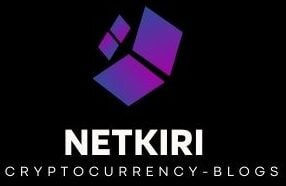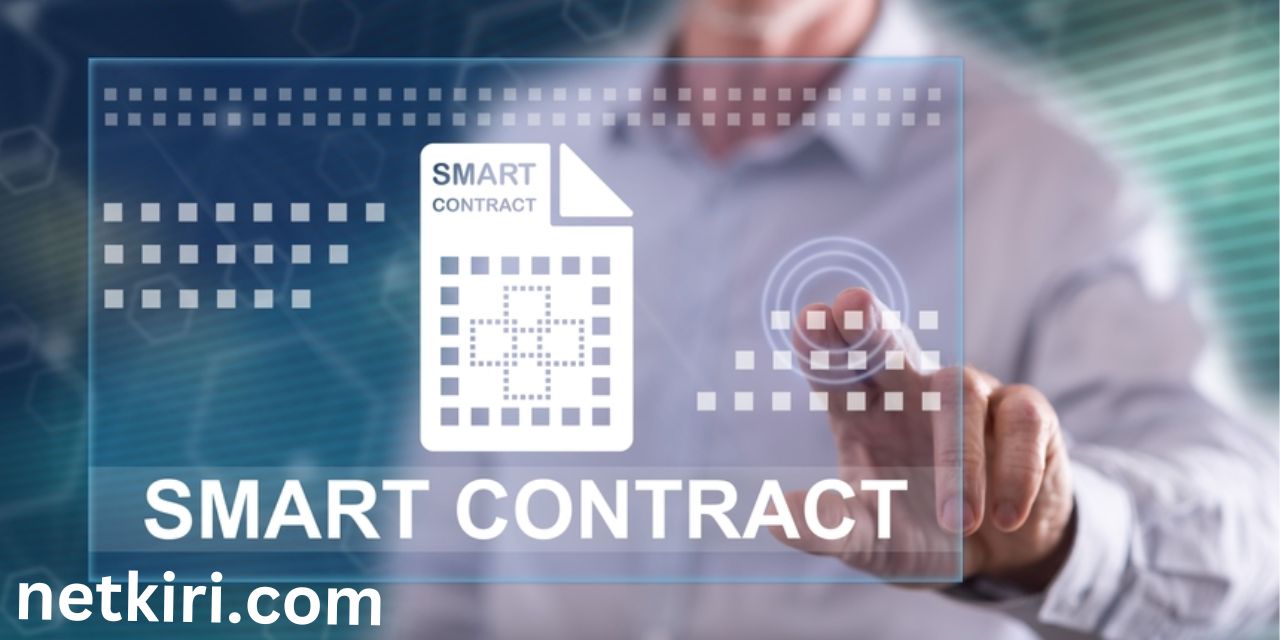In recent years, blockchain technology has revolutionized various industries, offering unprecedented levels of security, transparency, and efficiency. At the heart of this innovation lies smart contracts, self-executing contracts with the terms of the agreement directly written into code. Smart contracts not only automate processes but also ensure trust and reliability in transactions without the need for intermediaries. If you’re eager to dive into the world of blockchain development and build your first smart contract, this step-by-step guide will walk you through the process.
Table of Contents
Understanding Smart Contracts
Before delving into the technicalities, it’s essential to grasp the concept of smart contracts thoroughly. Smart contracts are digital agreements that enforce predefined conditions automatically. They run on blockchain networks and execute actions only when specific conditions are met. These contracts eliminate the need for intermediaries, reduce the risk of fraud, and ensure transparency in transactions.
Choosing a Platform
The first step in building a smart contract is selecting the blockchain platform where it will be deployed. Ethereum, one of the most popular blockchain platforms, is widely used for developing smart contracts due to its robustness and flexibility. Other platforms like EOS, Tron, and Hyperledger Fabric also support smart contract development. For the purpose of this guide, we’ll focus on Ethereum.
Setting Up Development Environment
To start developing smart contracts on Ethereum, you need to set up a development environment. You’ll require a text editor for writing code and the necessary tools for compiling and deploying smart contracts. Popular choices include Remix IDE, Truffle Suite, and Visual Studio Code with Solidity plugins. Install these tools according to your preference and operating system.
Writing Smart Contract Code
Smart contracts are typically written in Solidity, a high-level programming language specifically designed for Ethereum. Begin by defining the contract structure, including variables, functions, and modifiers. Here’s a basic example of a smart contract that implements a simple voting system:
solidity
Copy code
pragma solidity ^0.8.0;
contract Voting {
mapping(address => bool) public hasVoted;
uint public yesVotes;
uint public noVotes;
function vote(bool choice) public {
require(!hasVoted[msg.sender], “You have already voted.”);
if (choice) {
yesVotes++;
} else {
noVotes++;
}
hasVoted[msg.sender] = true;
}
}
Compiling and Deploying the Contract
Once you’ve written the smart contract code, you need to compile it into bytecode that can be executed on the Ethereum Virtual Machine (EVM). Most development environments provide built-in compilers that generate bytecode from Solidity code. After compiling, you’ll obtain the bytecode and the Application Binary Interface (ABI), which defines how to interact with the smart contract.
Next, you’ll deploy the smart contract to the Ethereum blockchain. This process involves interacting with a blockchain network, either a local development network or the Ethereum mainnet. Deploying a contract requires a certain amount of Ether (ETH) to cover transaction fees. You can use tools like Remix IDE or Truffle Suite to deploy contracts easily.
Interacting with the Contract
Once the contract is deployed, you can interact with it using various methods defined in the contract code. These methods can be called by sending transactions to the contract address. For example, to vote in the previously mentioned Voting contract, you would send a transaction to the vote function with your choice as an argument.
Testing and Debugging
Testing and debugging are crucial steps in smart contract development to ensure that the code functions as intended and is free from vulnerabilities. Write comprehensive unit tests to validate the behavior of the contract under different conditions. Tools like Truffle Suite provide testing frameworks that make it easier to write and run tests for smart contracts.
Final Thoughts
Building your first smart contract can be a rewarding experience that opens up a world of possibilities in blockchain development. By following this step-by-step guide, you’ve learned the fundamentals of smart contract development, from writing code to deploying and interacting with contracts on the Ethereum blockchain. As you continue to explore this exciting field, remember to stay updated with the latest developments and best practices in smart contract security and optimization. Happy coding!

